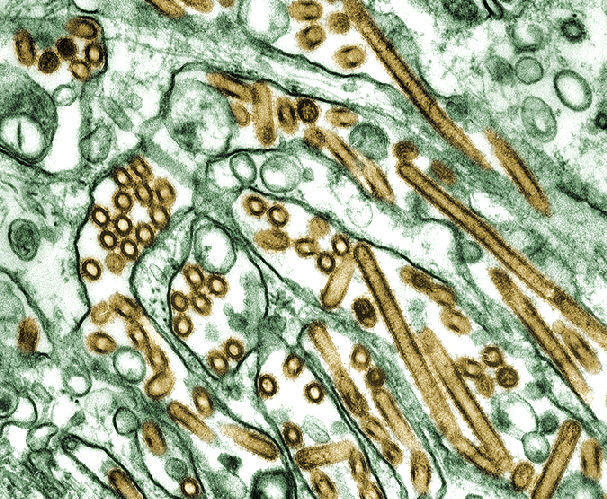U.S. International Avian and Pandemic Influenza Assistance Tops $434 Million
 | The United States announced today an increase of $100 million in international assistance to address the threat of avian and pandemic influenza since January 2006. |
Special Representative on Avian and Pandemic Influenza John E. Lange announced that the United States is increasing its original pledge of $334 million, which was first announced in Beijing in January and raised to $362 million in June, to a total of $434 million. The increase includes $36 million in assistance from the U.S. Agency for International Development and another $36 million from the Department of Health and Human Services. The United States has already entered into binding agreements for $324 million of our pledge with implementing partners in the global fight against the highly pathogenic H5N1 virus.
President Bush continues to make avian and pandemic influenza a priority. Additional funding for international assistance is requested in the Fiscal Year 2007 Budget that is awaiting enactment by Congress.
The United States is working with international partners around the world to strengthen preparedness and communication, increase surveillance and detection of the highly pathogenic virus, and enhance global capacity to respond to and contain the disease.
The U.S. Government is providing assistance to combat avian influenza and prepare for a possible pandemic to more than 70 countries as well as to the World Health Organization, the Food and Agriculture Organization, the World Organization for Animal Health and regional organizations. Efforts include deploying experts in human and animal health on emergency response teams; training veterinarians, health workers, and laboratory diagnosticians; supporting research; building surveillance networks and laboratory capacity; providing personal protective equipment such as suits, masks and gloves, as well as decontamination supplies and other commodities; developing stockpiles of non-pharmaceutical and pharmaceutical items; providing technical and humanitarian assistance; and conducting communications campaigns and public outreach.
For further information on the U.S. international engagement on avian influenza, see state.gov/g/oes/avianflu and pandemicflu.gov/. 2006, 1104 Released on December 11, 2006
Media Note, Office of the Spokesman, Washington, DC, December 11, 2006
Technorati Tags: 1918 Pandemic and Influenza Virus or CDC and Pandemic and Avian influenza or Bird Flu and H5N1 or adenovirus and recombinant or vaccines and Epidemiology or Bamako and Republic of Mali











No comments:
Post a Comment